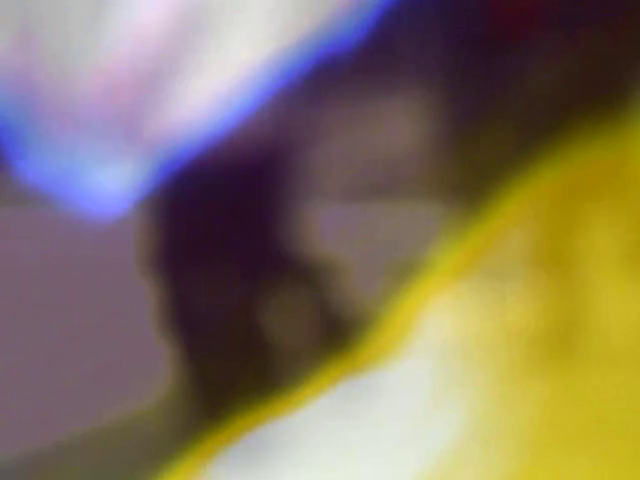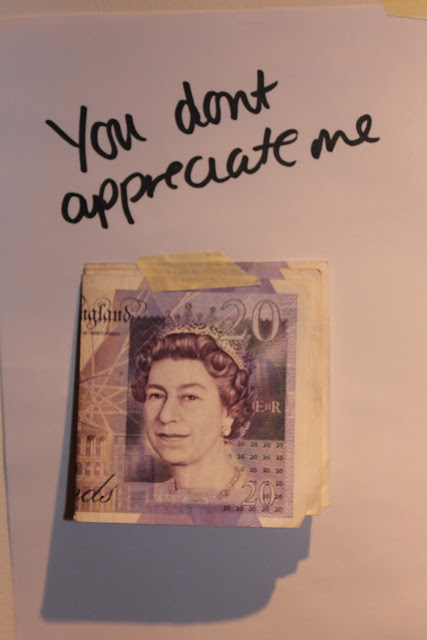Andrei Costache
Animal Safari
LOOKOUT ALDEBURGH
20 October to 21 October 2012
12 noon to 6pm daily
Opening View: Saturday, 20 October, 12 – 18 pm
Open to public - admission free
LOOKOUT/31 Craig Path/Aldeburgh/Suffolk/ IP15 5BS
Tel: +44 (0) 20 7622 2500 / + 44 1728 452754
Research Study
‘In a decaying society, art, if it is truthful, must also reflect decay. And unless it wants to break faith with its social function, art must show the world as changeable. And help to change it.’
Ernst Fischer
‘Animal Safari’ is a research study for my summer project at University Campus Suffolk, consisting of three 6 foot square paintings concentrated on the idea of human behavior being evaluated with animal characteristics. The perspectives of childlike characters depicting real life stories conclude the triptych. My summer project evolved from my childhood memories painting the walls of my bedroom with Super Mario and Turtle Ninja figures. And now I have come to realize that my actions do not differ from what I was doing back then. Although I experiment a little more, juggling with science, it seemed to be a perfect occasion to take a closer look at what I was doing. It is incredible how a bit of school research has opened my mind widely and made me focus more precisely on where I am heading with my practice in art. The triptych which I made is called ‘Animal Safari’ and represents the jungle of emotions that I felt during summer. The title is inspired by LA’ rapper Tyler the Creator lyric ‘Animal Safari/ If I offend you I’m sorry’ from the song Tron Cat.
I believe art in its own right is a coral absorbing the world. There may be a decaying world or there may be a world that is changing in its complexity. What an artist can contain inside are dreams and landscapes of the changing world from where a different reality is pushed to extremes. The record of what is produced may be images of dangerous scenes. The images transfer moods of calm introspection to horrible wars of the inner self. Van Gogh had his ear chopped off by inner demons or so some people say. There are demons, evils that itch and twist you around and make the brush go daisy on the canvas, and then you feel the universe is transparent in front of you, and then it turns into something good. I am talking about emotions which present alternative ways of making art. Every artist is different has a different life and so it has come that he produces a different art throughout history. Exploiting boundary regions between and across various existing forms of painting, I am trying to resume in a contemporary way my actions in art.
The knowledge connecting man and nature, human behavior and animal instincts, theory of systems and information in a narrow sense but a philosophy of life which inspires me continually to render an insight of the near future. The technological aspect of evolution may inflict the path of things to come so does the art intended to emphasize the things that are already there. The issues of the day, love, war and poverty as put and densely explained in Christopher Hitchens book ‘Love, poverty and war’ are such a cut view of the world and need even more a brief recapitulation, that I will try to stage my theoretical analysis of art becoming what it is today looking through the above three set elements in my life although not referencing them directly. I am exploring the arena of making art counterbalancing to the stream of consciousness, and what goes on in the mind while creating such works, perpetrating the moment of creation and trying to describe the part that is unseen.
The studies of my summer are pursuing the beauty in art and the anesthetic understandings of evolution and cultural selection - how species precede through the selection in nature. There is the idea that animals are attracted to special features of other animals, so it is about qualities and perseverance, how human beings present themselves and the artistic looks of contributing to sexual selection. Art is a means for bringing together people, and how this leads to groups and how those groups lead to communication, relations and going to movies, or on dates, or talking about a television show, or going to a restaurant where a certain food is prepared in a certain way. It is a very profound notion in what we believe that the art work plays an important role in our society. It is also about science and how we talk about our reality. We may be doing things which sometimes are so different from the way things were when we evolved, that we have set up some tensions. A classic example that is often used would be we are equipped to respond to emergency situations with what Walter Cannon called ‘the fatal flight experience’ which is adrenaline, pumping round, blood sugar raised, giving us instant energy and we are ready to fight natures marauders and are ready to contend our genes to other generations. Our body changes in pain, hunger, fear and rage, on account of recent researches into the function of emotional excitement. We are driven to a program which is inevitable and debatable at the same time. Our behavior continues to attract me furthermore as it is a profound study on the language of life.
In a recent study of animal behavior, bio scientists Drickamer, Vessey and Meikle from 3 different Universities in America have come to the conclusion that ‘carnivory has been suggested as one of the key elements in the development of social behavior in humans’. The relevance for humans may be poetical in any comparison with other forms of life, although the animals are the single creatures appropriate to the life of humans.
Marc Bekoff a researcher, who studies animal behavior, tells how we can understand our own emotions studying the behavior of animals. Charles Darwin a very famous biologist said that ‘there is continuity in evolution’ so the differences among species are differences in degree rather than differences in kind, as the shades of gray, say for example if we have joy, dogs have joy. If we feel jealousy, wolves, dogs, elephants and chimpanzees feel jealousy, but it is not the matter that they are identical (e.g. my joy and another person’s joy are unlikely the same but it does not mean I have it and they do not). Another good argument is common sense; we bond with animals like dogs and cats and other animals because they are feeling, people do not bond with trees and rocks. So behavior is what I have tried to pay attention to. Whatever its evolutionary origins, the ritualization of agonistic displays into contests instead of struggles has occurred in practically all species with aggressive behavior. There have been a lot of studies in humans that shows when humans are fair to one another and co-operate with one another the reward centers in the brain fire - when they do magnetic resonance imaging FMRI – there is reason to think that dogs and cats, and lions feel the same too. People have tried to find animal models for fairness, cooperation, forgiveness, apologies, and justice, just from watching dogs play.
The paintings in ‘Animal Safari’ employ a sense of voyeurism to highlight collective fear, desire and fantasy. Through the use of masks, fruit and the nude body, the work evokes folklore as each fragment completes a picture from an imagined narrative. These images exist in an in-between space that both connects and disengages with reality, forging a suspension of disbelief as a way to explore body politic and representations of memory. In a recent lecture artist Nina Chantel Abney was considering the animal subject in painting as being symbolic. She said: ‘The animal represents the divine side of the human psychic. He is in contact with nature. The animal follows its own laws beyond good and evil’.
Following my ‘100 Improbable Characters’ which were selected for a visa student participation in the ‘Saatchi Revisitation Exhibition’ at Ipswich Art School this year, the work for the ‘Animal Safari’ series is progress-making concluding thoughts in a changing world that resides on a combination of moods and sensations. ‘Animal Safari’ is a cluster of characters that may exist in the postmodernist crisis. Psychologically speaking the characters are built from the inside of the mind. They all seem to correspond to a sort of feeling that lives in the world today and reacts. Then, reality is mixed with the alteration of its image in the mind.
The works define moral abandon where characters become nicked by their true identity and take the animalistic features of the self. Dark and innocent, humorous and horrific, the paintings become the playground of a whirlwind chaos. The 3rd painting in the series concentrates on Freudian subject and male pathos. The work explores raw symptoms of human behavior. In the style of modern fascinations with female libido the painted figure of the girl illustrates a corrupted vision. Her face is a transgression of Munch’s Scream, which bears memorial reproduction. When I showed the picture of this painting to my tutor Ian Charlesworth in History of Art, he said: ‘It looks like a big orgasm - a monster rape.’ The whole scene is violently set up into the void. Is this a nightmare, or a fantasy?
I have found that as my research in contemporary art evolves I feel the urgent need to express myself more and more differently. My body of work is as diverse as painting, sculpture, architecture, digital and prints the main modules in my Fine Art BA at University Campus Suffolk. In conclusion, it is very appropriate to say that I am living on the edge of madness at a fast speed and in parallel with the characters I produce although my transformations reflect a new world that is blossoming like flowers do.
References:
Ernst Fischer, The Necessity of Art, ch. 2 (1959, trans. 1963)
Christopher Hitchens, Love, poverty and war (Nation Books, 2004)
Sara J. Shettleworth, Behavioral and brain sciences: Cognition, evolution and behaviour (Oxford University Press, 2010)
Bonnie J. Ploger, Exploring animal behaviour in laboratory and field; an hypothesis-testing approach to the development, causation, function, and evolution of animal behaviour (Elsevier Inc, 2003)
Nial Shanks, Animal and science: A guide to the debates (Santa Barbara, CA : ABC-CLIO, c2002).
Tyler the Creator, Tron Cat single of the album Goblin (XL Recordings, 2011)
Antony and the Johnsons, Cut the World single from the album Cut the World (Rough Trade Records, 2012)

.JPG)

















